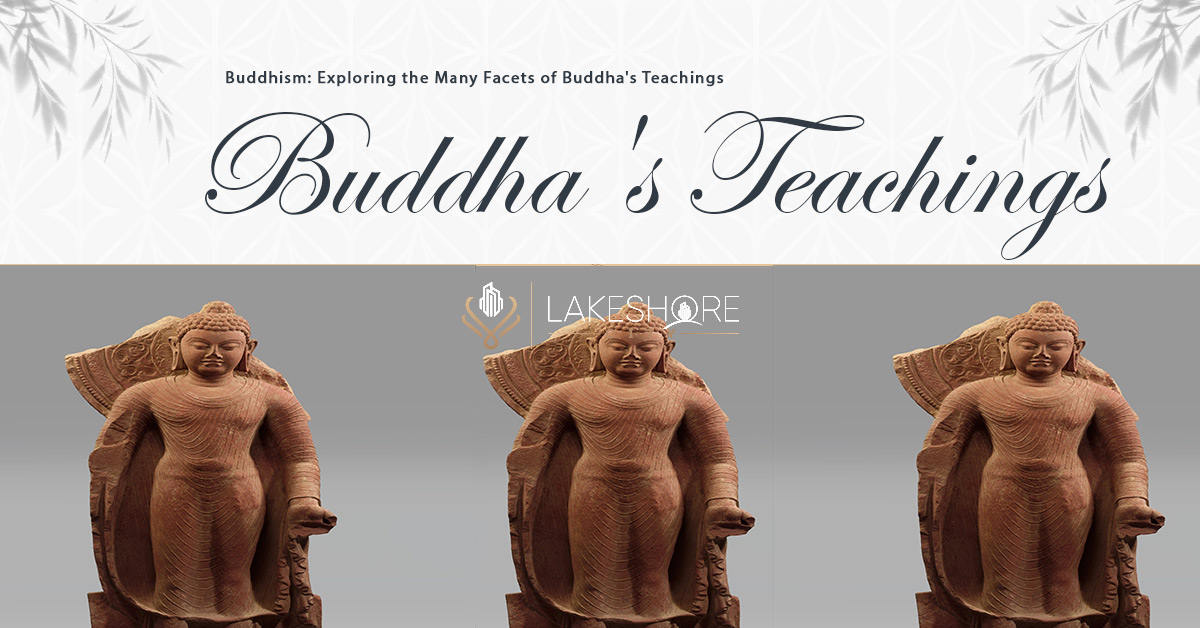Buddhisms
Buddhism is the religion that worships the Buddha. It may be better to call them “Buddhisms.” The Indian religion took so many forms and evolved so much that it’s hard to discern how the sects of Buddhism are related. What unites them? Of course, Buddha worship! Who was Buddha? Was Buddha human or god? Early Buddhism depicts Buddha as a man. The religion deifies Buddha as it evolves.
Origins
Buddhism was founded in India by monks, nuns, and laypeople. Their doctrines were written in a huge canon. Religious places were also designed to worship Buddhist images. Buddhism spread over Asia from India.
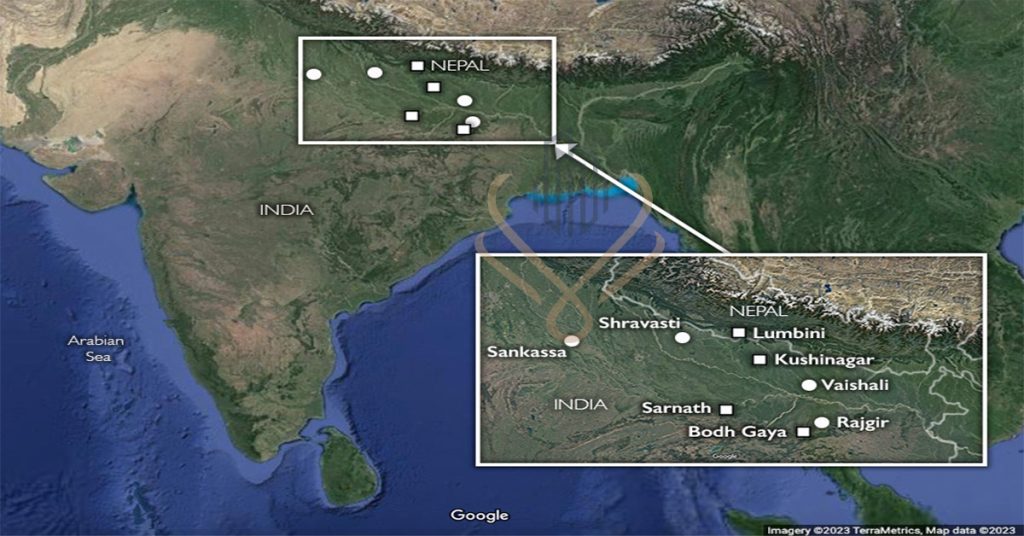

To understand the Buddha’s accomplishment, we should visualize living in early India, particularly in Ganges River Valley towns and villages like Kapilavastu in Nepal’s Himalayan foothills. This is where the Buddha was born around 560 B.C.E. The river inundated the valley annually, killing crops. Every year, monsoons caused starvation. There were terrible droughts and dysentery and cholera.
The Brahmanas worshipped Brahma with Vedic chants and fire offerings. They did not improve conditions for the average person. Hindu society was stratified early on. Castes were well-established in the economy, with Brahmanas creating and maintaining a favorable social order.
The Middle Path
The Middle Way was one of Buddha’s greatest spiritual achievements. After considerable asceticism, he discovered the Middle Way. This event taught him to avoid extremes. One should eschew worldly pleasures and austere discipline. Despite his reservations about current religions and strong sense of mission, he did not consider himself a religion builder. He wanted to purify his day’s faith.
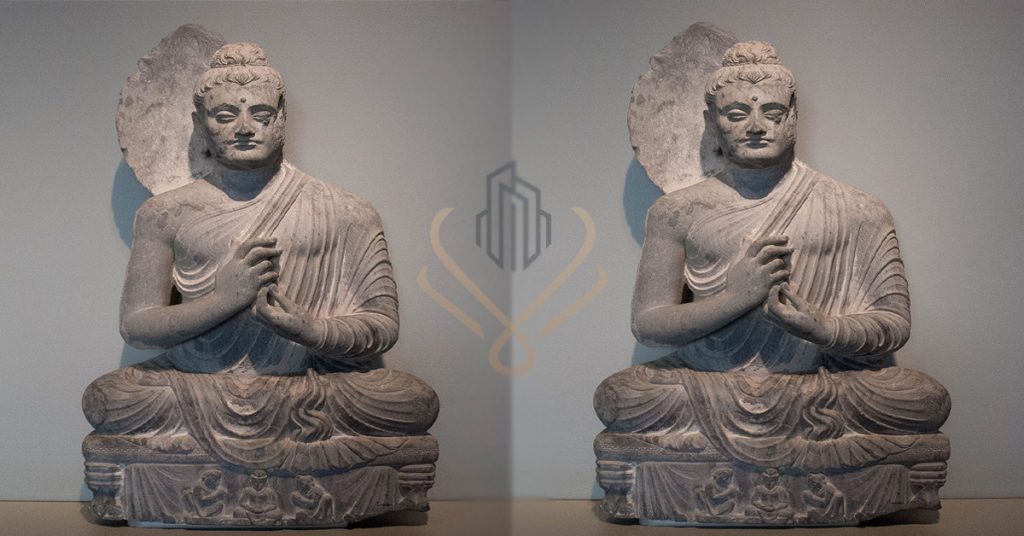

Buddha accepted Indus valley cosmological concepts, which are frequently connected with Hinduism. Time and space in ancient Indian Buddhism must be understood. This framework was shared by Brahmins, Jainists, and Buddhists.
Time and Samsara
Sanskrit term samsara means “round” or “cycle.” The ancient Indians saw this as an eternal cycle of rebirth and death. Karma controls this eternal loop.
Kalpa measures time in ancient India. Destruction, Rubble, Renovation, and Duration never cease. Each 20-kalpa phase is a circle.
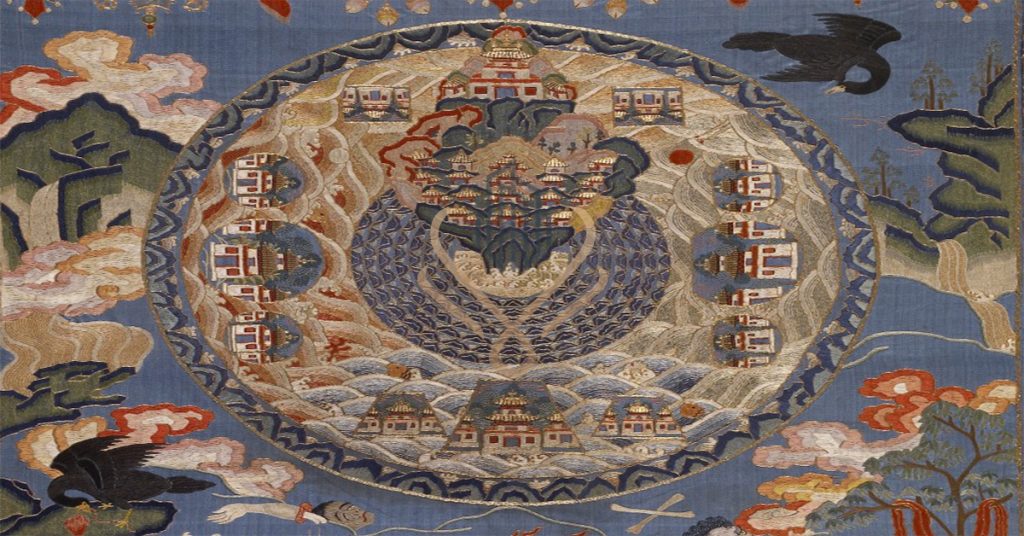

Destruction: Starts well but worsens. Fire, water, wind scourges.
Rubble: Dark, empty space with karma seeds and wind.
Renovation: Building up from the bottom.
4. Earth 3. Metal 2. Water 1. Wind
Whirling wind generates a water disk. Impurities float to the top and create a metal disk. This disk crashes into Earth.
Duration: Preservation ends with sentient beings.
Space
Mount Meru is the cosmic axis, connecting heaven and earth. This cosmology places the Mountain as the heart of the world, physically and spiritually. The gods’ mansions are on Mount Sumeru. Mount Sumeru features seven mountain chains and a four-continent ocean: North = rectangle, West = circle, South = trapezoid (Jambudvipa, where humans live), East = crescent moon.
The Universe is vertically organized. At the top is “no form.” This domain is sensory-free. No one can imagine it. Form worlds can be seen in various meditation states. One sees nice views, bright light, and coolness.
The desire realm is below. The realm contains six levels. This is our domain. The six tiers are rebirth paths. The highest domain is the gods’. Semi-gods (asuras) are between gods and mankind. Humans and animals live on Jambudvipa. Shadows below animals are hungry ghosts. Pain and sorrow abound here. Everything here is ravenous and never satisfied. Hell dwellers are lowest. This level has 8 levels. The eighth and lowest level has no rest between tortures.
Karma
How do people move around? The answer is karma. Karma governs all samsara life. Karma governs time and space. Karma means deed. Every action has repercussions. Every action has repercussions. Karma is a built-in universal scale for good and evil—good leads to good and vice versa. Karma rules long-term and short-term. No one destroys karma. Short-term good deeds lead to positive results and negative deeds to bad results. Karma crosses lifetimes. Whether a being is reborn higher or lower depends on it. Karma is not predestination since predestination ignores free will. Your past actions determine your present, but you have free choice between now and then. Upward mobility exists.
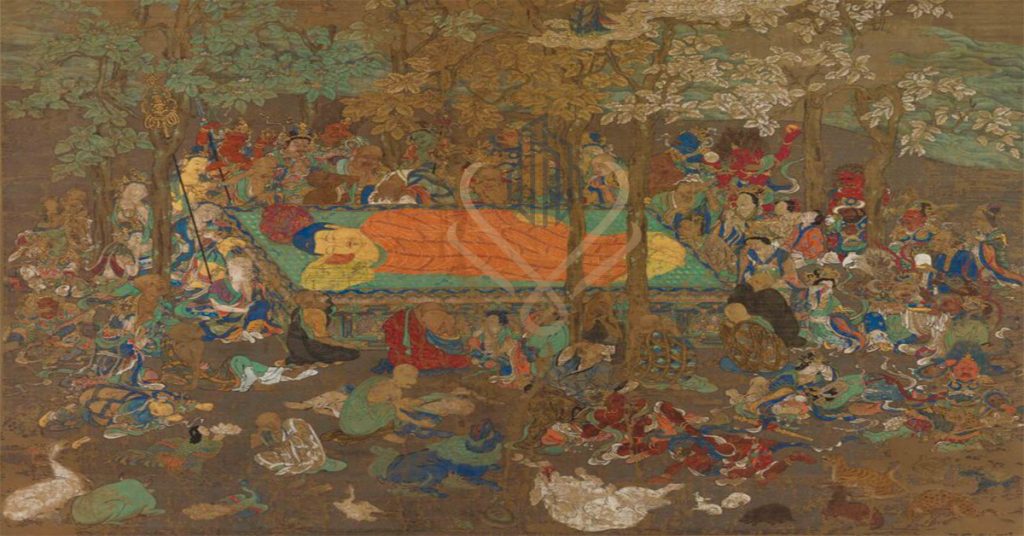

Buddhist worldview implications? Rebirth as a human is unusual and essential, especially in Buddha’s time. Buddha was born briefly during the devastation phase. We are lucky to have access to his teachings since Buddha is rare and fleeting. One can only profit from Buddha in human form.
Nirvana
How is redemption achieved? It’s all temporary. All cycles. The anguish is all. The gods suffer. They are gods for one lifetime and reborn below. Buddha is also inaccessible to gods. Beings must escape the cycle of rebirth. The aim is Nirvana. Extermination is nirvana. Traditional nirvana is non-samsara. Where is Nirvana? Nowhere. Outside the vertical universe is Nirvana.
Our Featured Article:
Read More: Gandhara Legacy | Pakistan’s Symposium Begins in Islamabad
Don’t miss the chance to invest with Lakeshore! Secure your investment today by investing your financial investment with Lakeshore in the following available options like Lakeshore City, Lakeshore Club, and Lakeshore Farms.
For More updates, please Contact +92 335 7775253 or visit our website https://lakeshorecity.com/
Lakeshore City is the upcoming elite lifestyle at Khanpur Dam. Offering no parallel amenities for the members and owners of distinguished farmhouses.
Become Part of Luxurious Lifestyle
Contact: 0335 7775253


